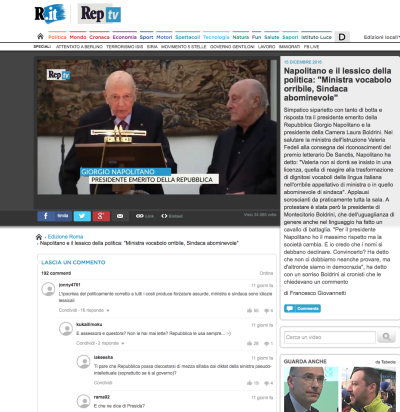Gender/sexuality/Italy 3 (2016) – Table of Contents
Table of Contents – Gender/sexuality/Italy, 3 (2016)
Nicoletta Marini-Maio, Editor
Michela Baldo, Fabio Corbisiero, Pietro Maturi, Themed Section Guest Editors
Paola Bonifazio, Invited Perspectives Editor
Ellen Nerenberg, Open Contributions Editor
Clarissa Clò, Reviews Editor
Laura Di Bianco, Reviews Assistant Editor
Valeria G. Castelli, Chief Assistant Editor
Giuditta Bassano, Paola D’Amora, Taylor Stroili, Silvia Viti, Assistant Editors
Themed Section: Gender and Language
It’s not only a matter of pronouns.


